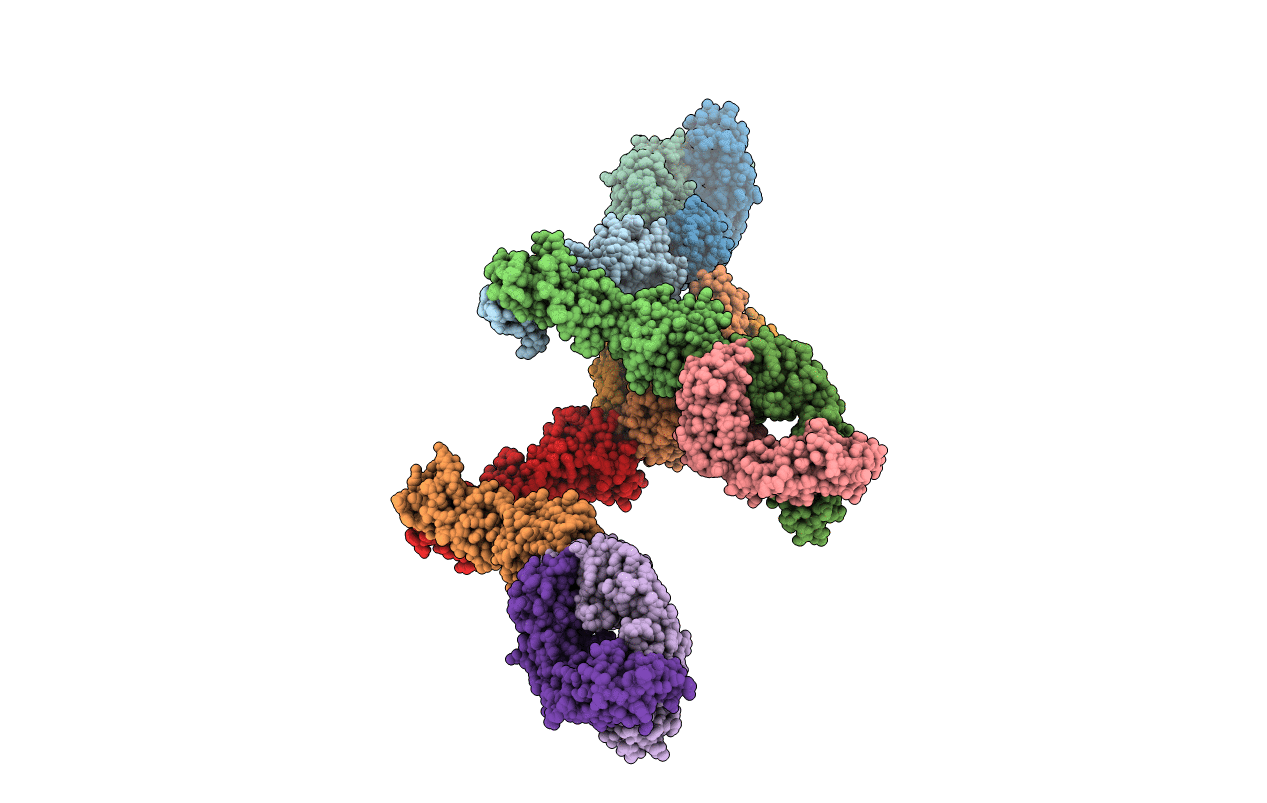
Deposition Date
2020-06-29
Release Date
2020-09-02
Last Version Date
2024-10-23
Entry Detail
PDB ID:
6XLQ
Keywords:
Title:
Crystal Structure of the Human BTN3A1 Ectodomain in Complex with the CTX-2026 Fab
Biological Source:
Source Organism:
Homo sapiens (Taxon ID: 9606)
Host Organism:
Method Details:
Experimental Method:
Resolution:
3.00 Å
R-Value Free:
0.29
R-Value Work:
0.24
R-Value Observed:
0.24
Space Group:
P 21 21 21


